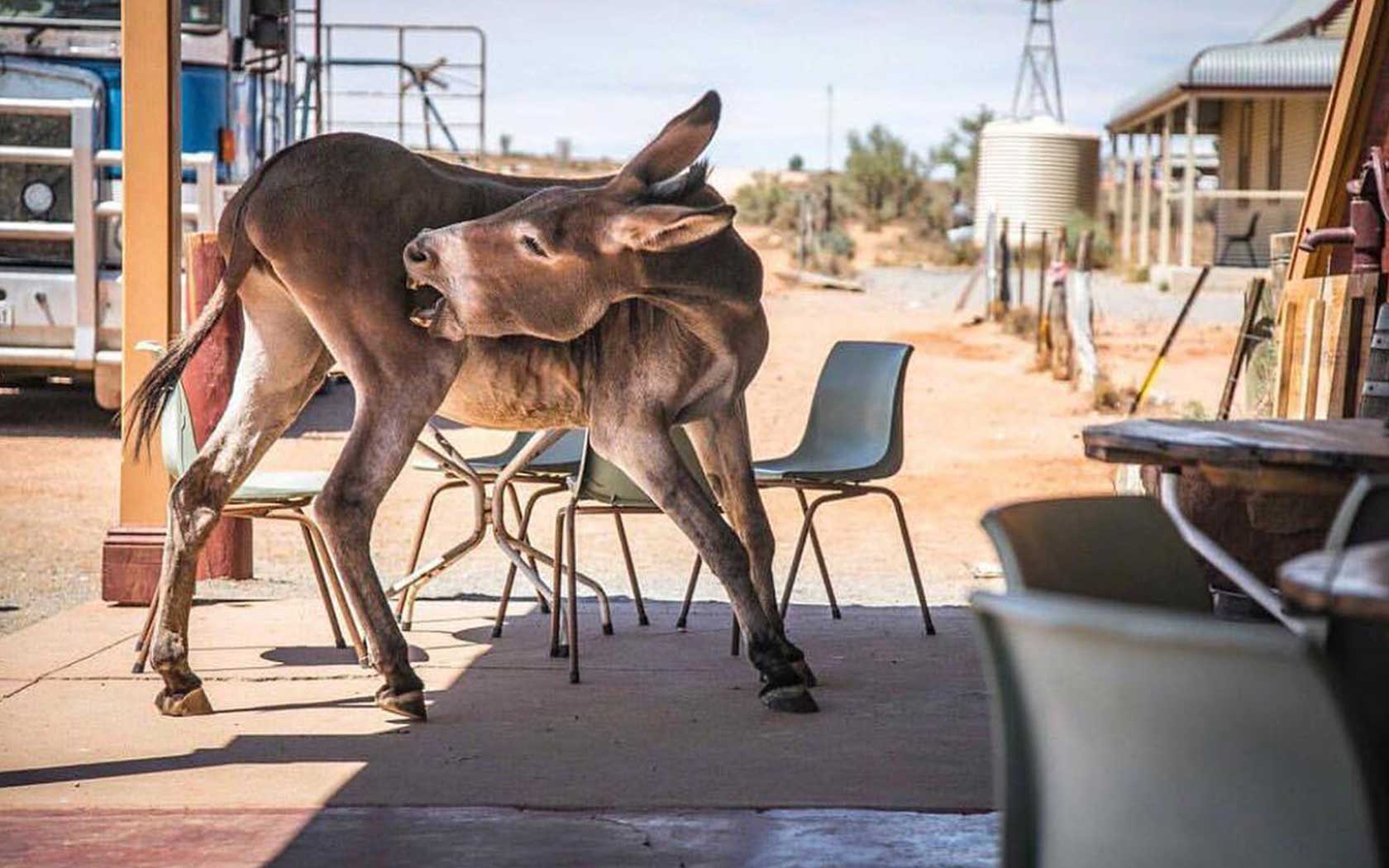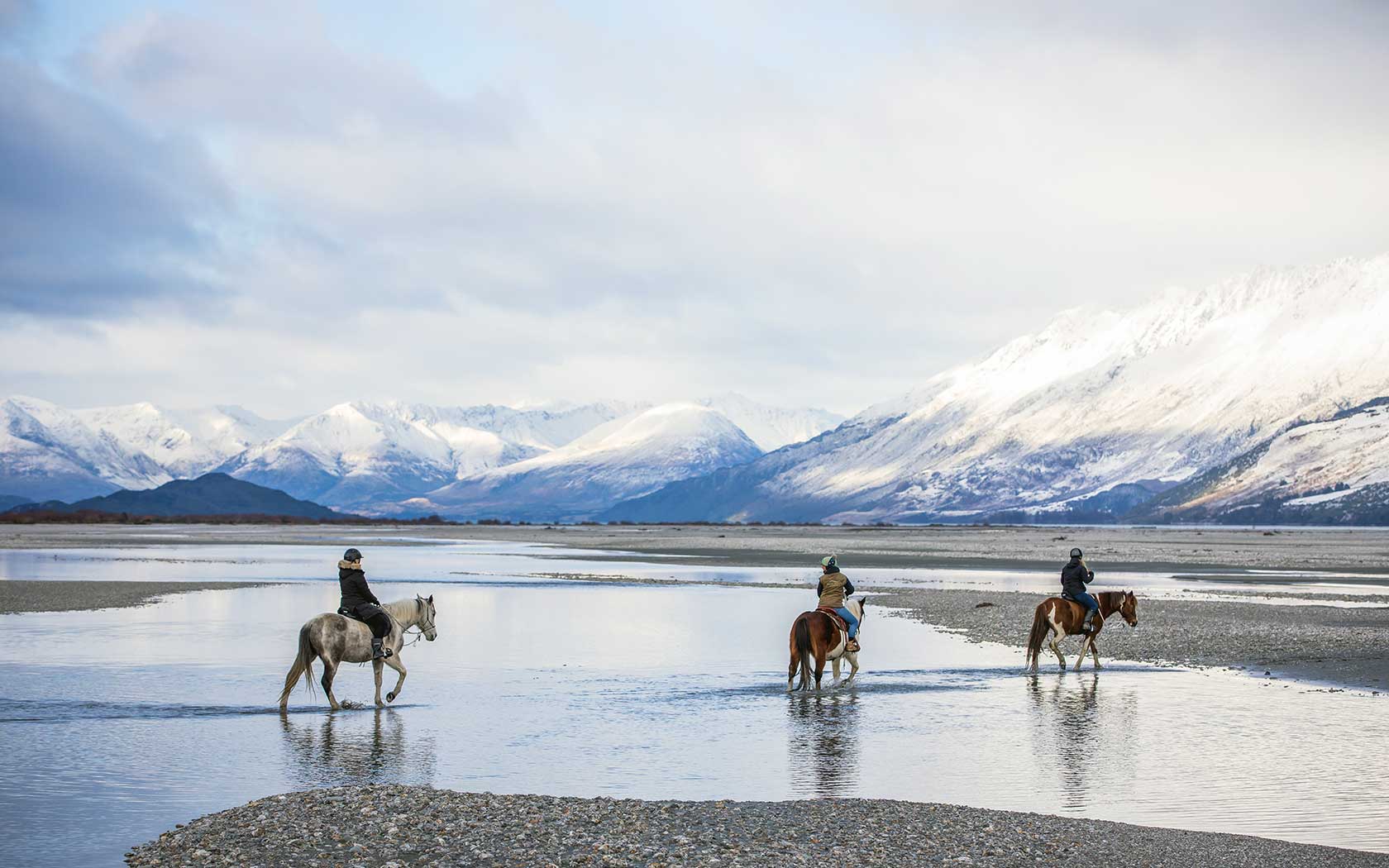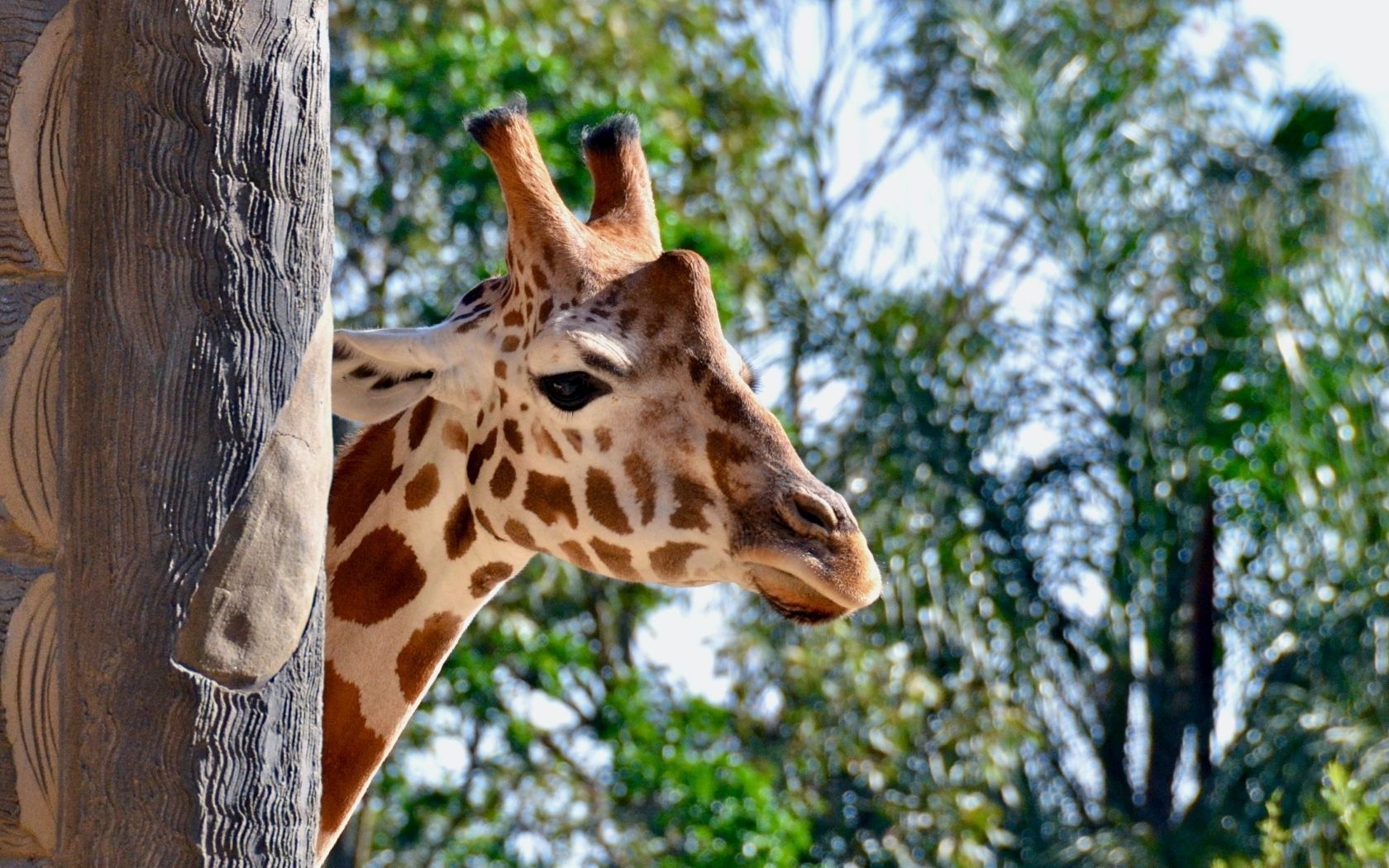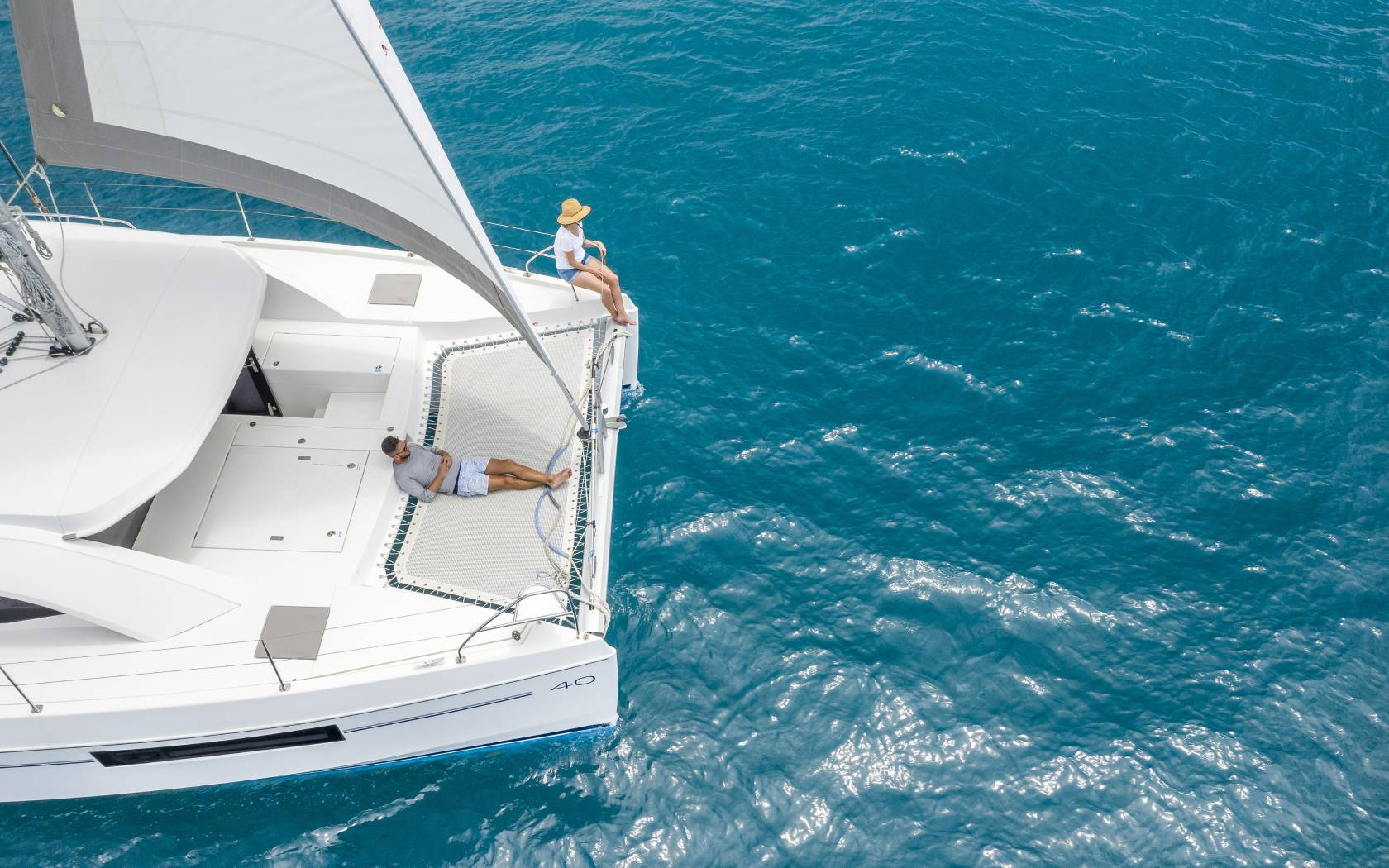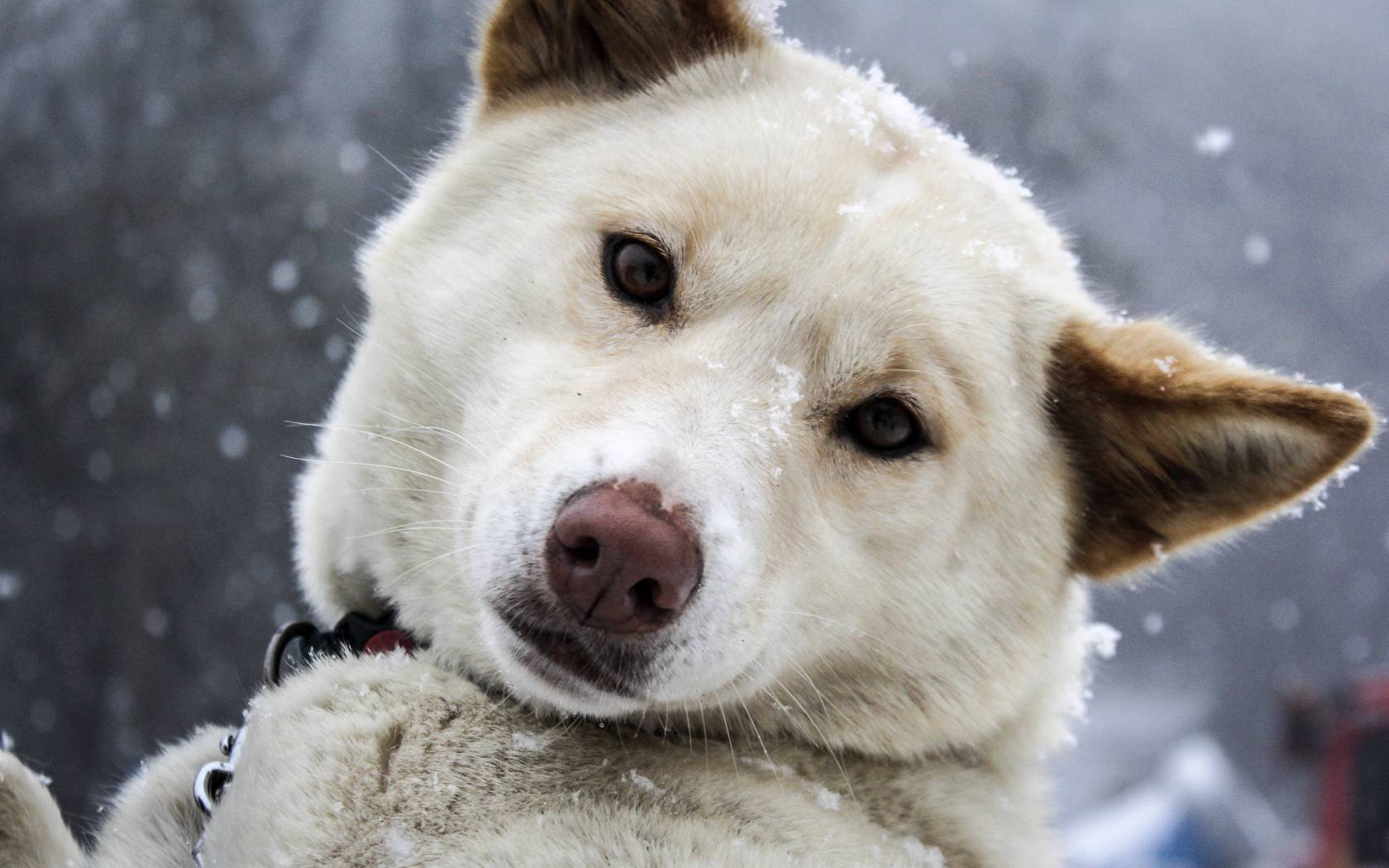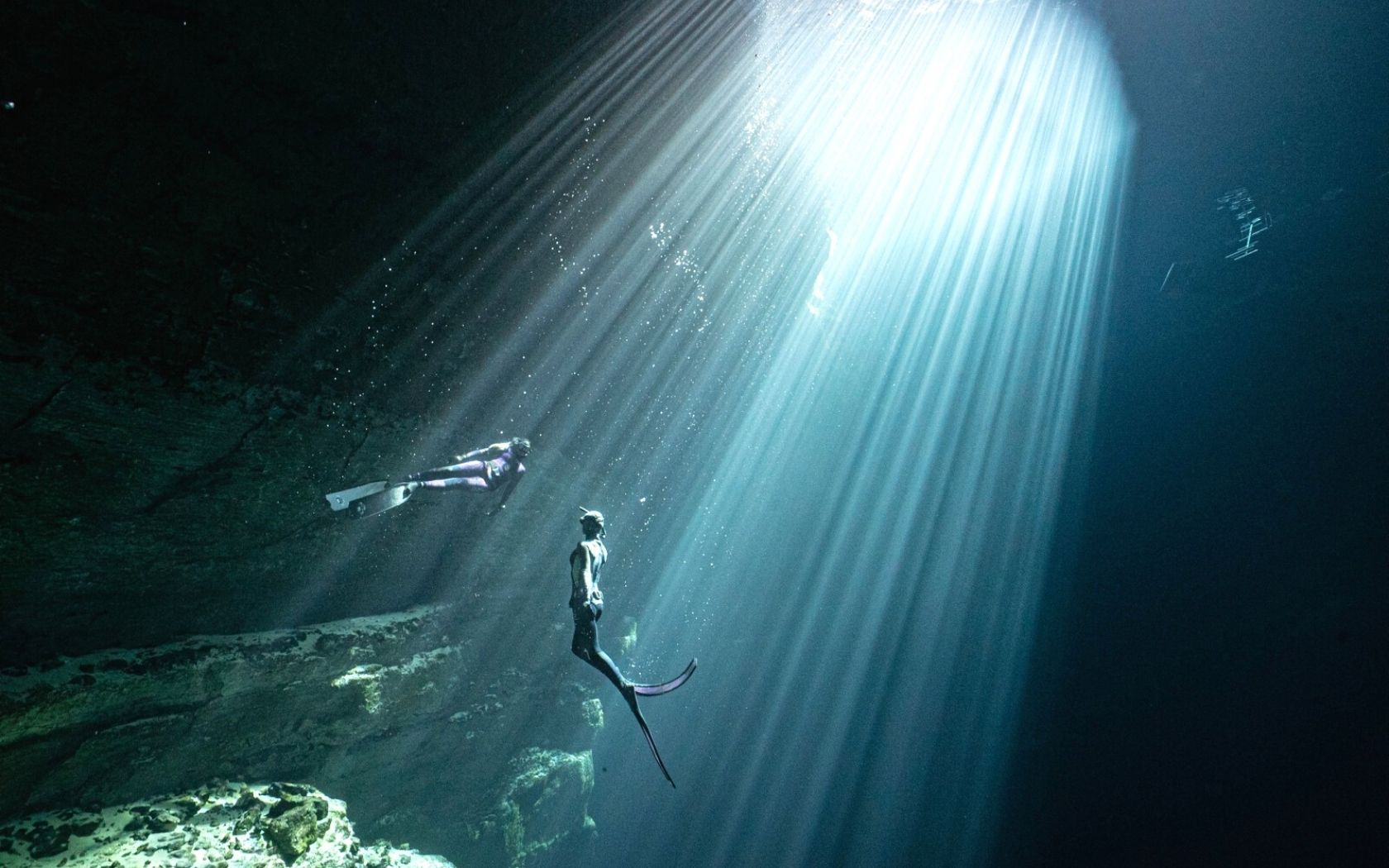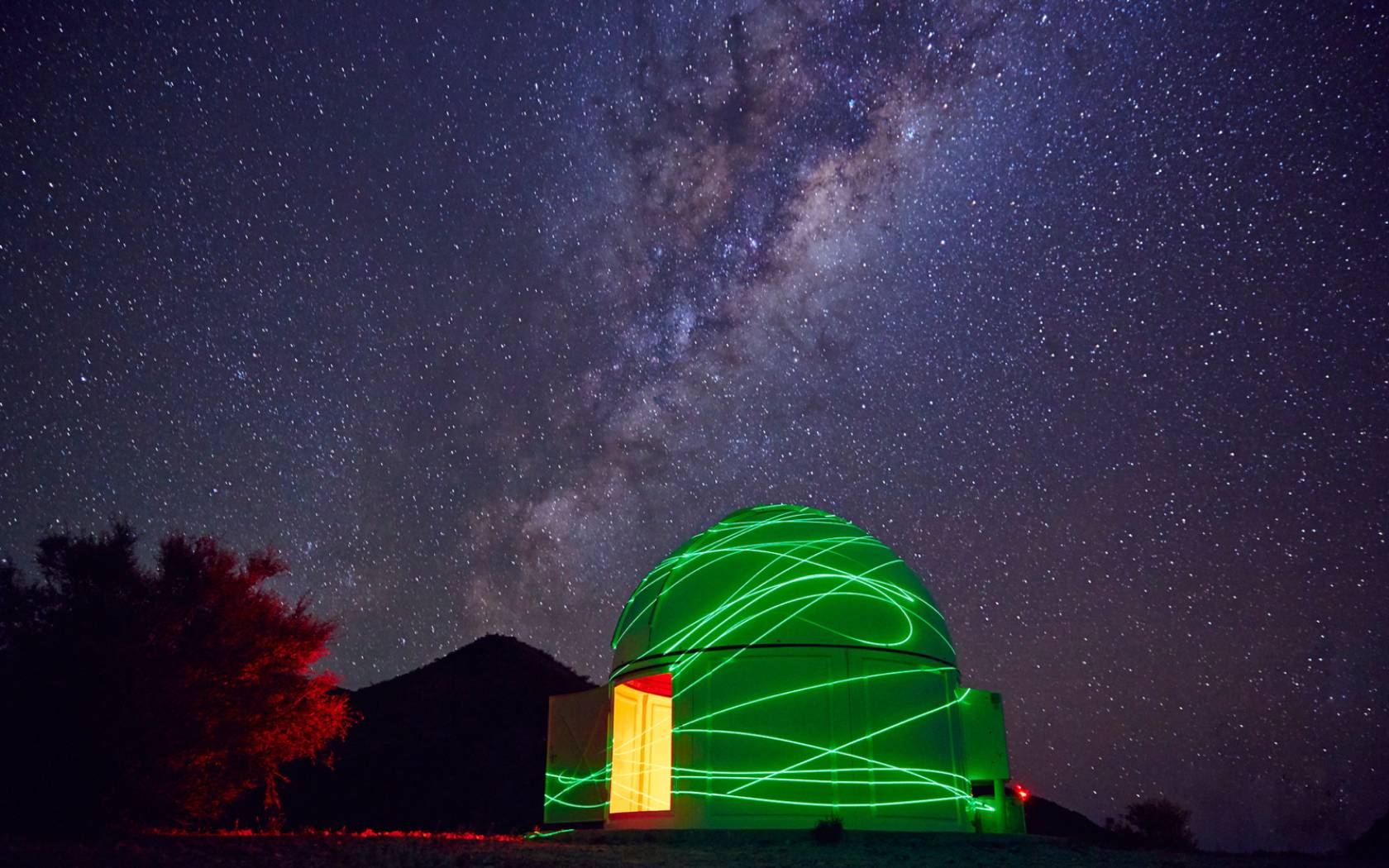When And Where To Go Wildlife Spotting In Queensland
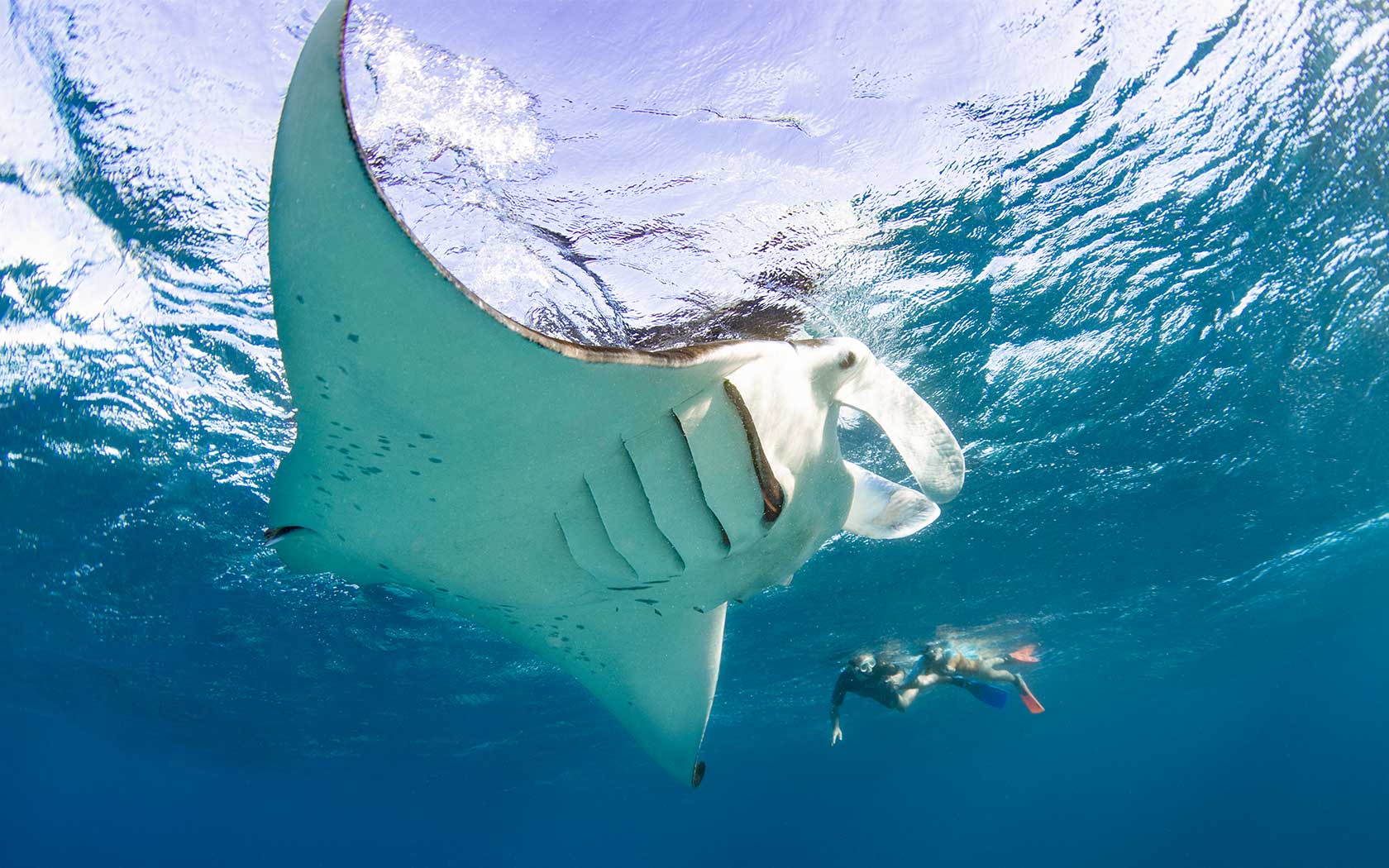
Kassia is the Editor of AWOL, and a straight-up travel…
When it comes to spotting wildlife, it doesn’t get better or more varied than the Sunshine State. Every season brings with a new migration, or babies and just an overload of adorable.
Animal watching seems like as good a reason as any to plan a vacay, so here’s the Queensland animal calendar you never knew you needed.
January
It’s turtle season, friends. Technically it kicks off in November when thousands of mama turtles make their way onto Queensland beaches up and down the coast to lay their eggs, but from January to March is the finale when you get to see those eggs hatching and baby turtles make their way into the ocean.
Turtle hatchings happen all along the coast, so keep an eye out, but these six beaches are your best bet for almost certainly seeing baby turtles.
March
Speaking of babies, just when the turtles are finishing up, the koalas start popping out baby joeys. Breeding season start in September, but March is when the little cuties are big enough to start making an appearance outside their mum’s pouch.
There are plenty of wildlife sanctuaries around Queensland to go gawk at them, from Currumbin Wildlife Sanctuary to Wildlife Habitat in Port Douglas.
May
View this post on Instagram
A post shared by Lady Elliot Island Eco Resort (@ladyelliotislandecoresort)
Grab a snorkel and get under the sea during manta ray season. From May to August, the rays come out in larger numbers as the water temperature cools down. You’ll find them doing their thing from the Whitsundays to North Stradbroke Island (Minjerribah) and out to Lady Elliot Island. In fact, the latter is often called ‘home of manta rays’ because they have so dang many.
June
You can catch a glimpse of the humpback whale migration from most places along the Australian East Coast, but what better place than the world’s first Whale Heritage Site of Hervey Bay?
From June to November around 25,000 humpbacks swim through Queensland’s warm waters to get frisky before making their way back to Antarctica with their newborn calves. Hervey Bay is a very common it stop for new mums and their babies, with heaps of ethical whale watching or tours — and even options to swim with them — for you to choose from.
July
Speaking of whales, June and July is peak minke whale season. They’re a rather mysterious bunch, and no one really knows how or why they find head to the Great Barrier Reef every year — but they do know it’s one of very few places in the world they’re sure to turn up year on year, and the only place to see them in Australia.
Get up close and personal with day tours or multi-day trips (which you absolutely need to book way in advance), all of which have to follow a specially enforced code of practice that keeps the whales in charge of the interactions, not humans. They’re super curious creatures though, and will often swim right up to swimmers.
November
Every year around the November full moon (spooky), billions of coral synchronise to release billions of sperm and eggs in the world’s biggest reproductive show known as coral spawning. It only ever lasts for a few nights each time, and scientist can predict it pretty well, but never completely accurately.
It may seem weird to be so excited about swimming around in coral sperm, but it’s a purely magical underwater event that several dive operators along the Great Barrier Reef offer tailored trips for, from overnight dive tours to multi-day liveaboard experiences — around Cairns tends to be the best show.
Side note, turtle nesting season is back on — see January to refresh the details.
December
Go batty for one of only five recorded little bent-wing bat maternity sites in Australia when you visit Mount Etna Caves National Park in Queensland’s Capricorn region.
Inside the park is Bat Cleft, home to 80 percent of Australia’s known population of breeding females and therefore the perfect place to spot wild bats. From December and January, up to 180 000 bats swarm out of the caves at sunset to catch insects for dinner. It’s a truly epic sight, and one you can join a torchlight tour for three nights a week.
(Lead Image: Provided / Tourism and Events Queensland)
Kassia is the Editor of AWOL, and a straight-up travel addict. She was born without a sense of direction, yet an intense desire to explore the world. As such, she's lost 90% of the time but she's learned to roll with it. You can catch her latest adventures on Instagram @probably_kassia.

